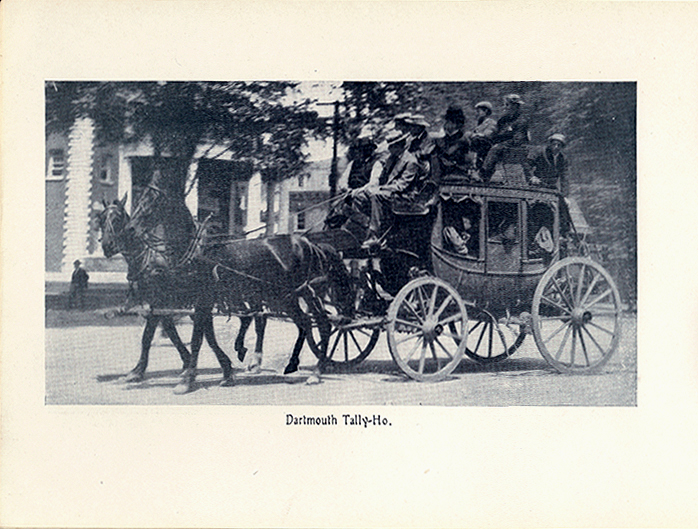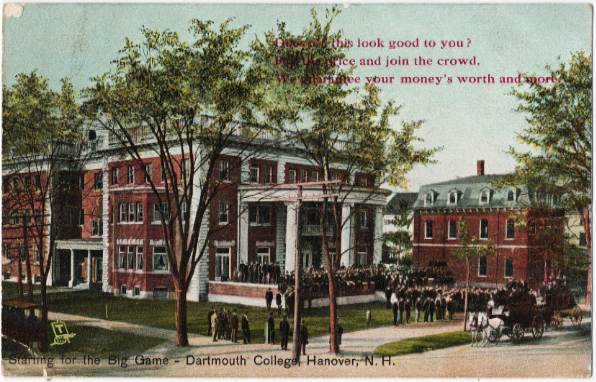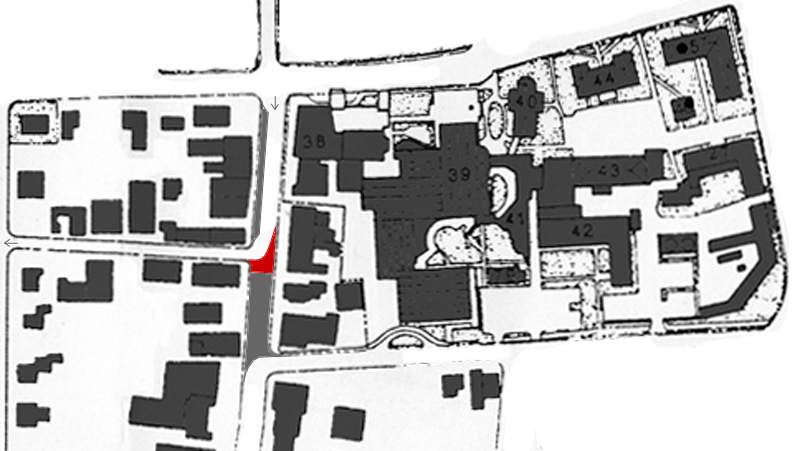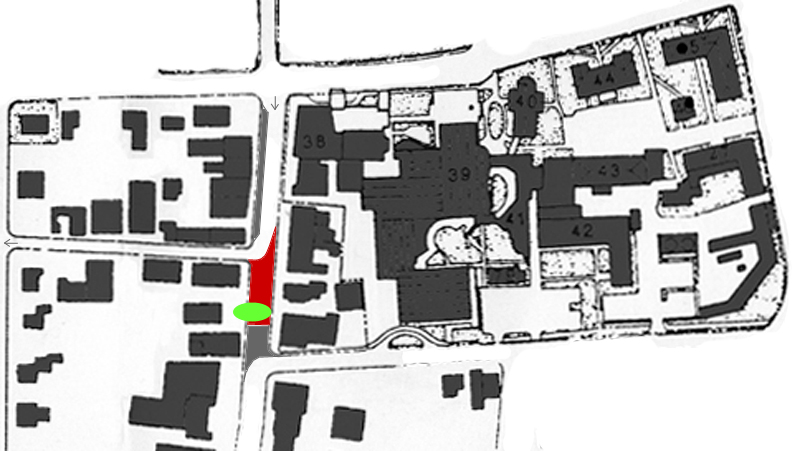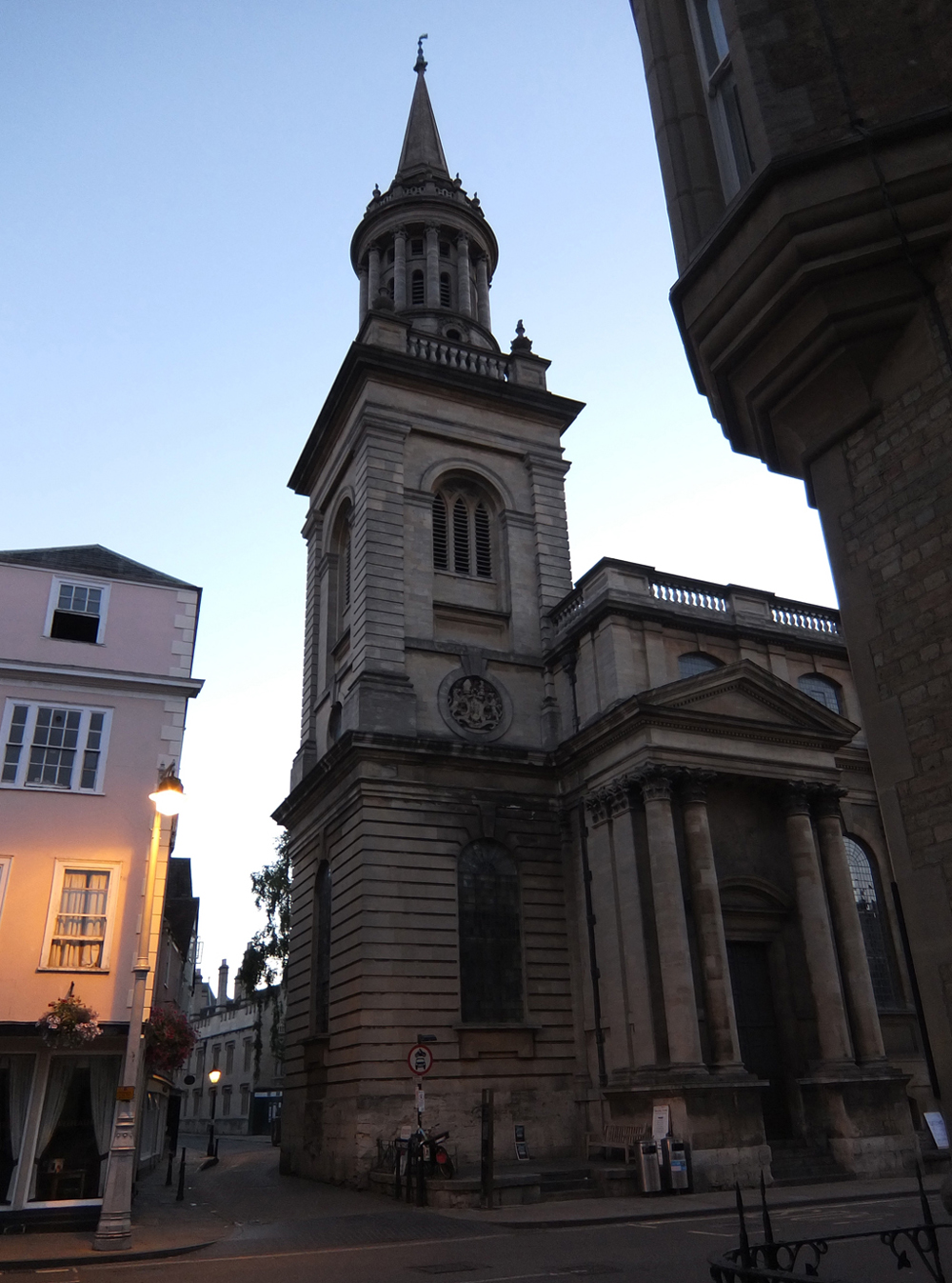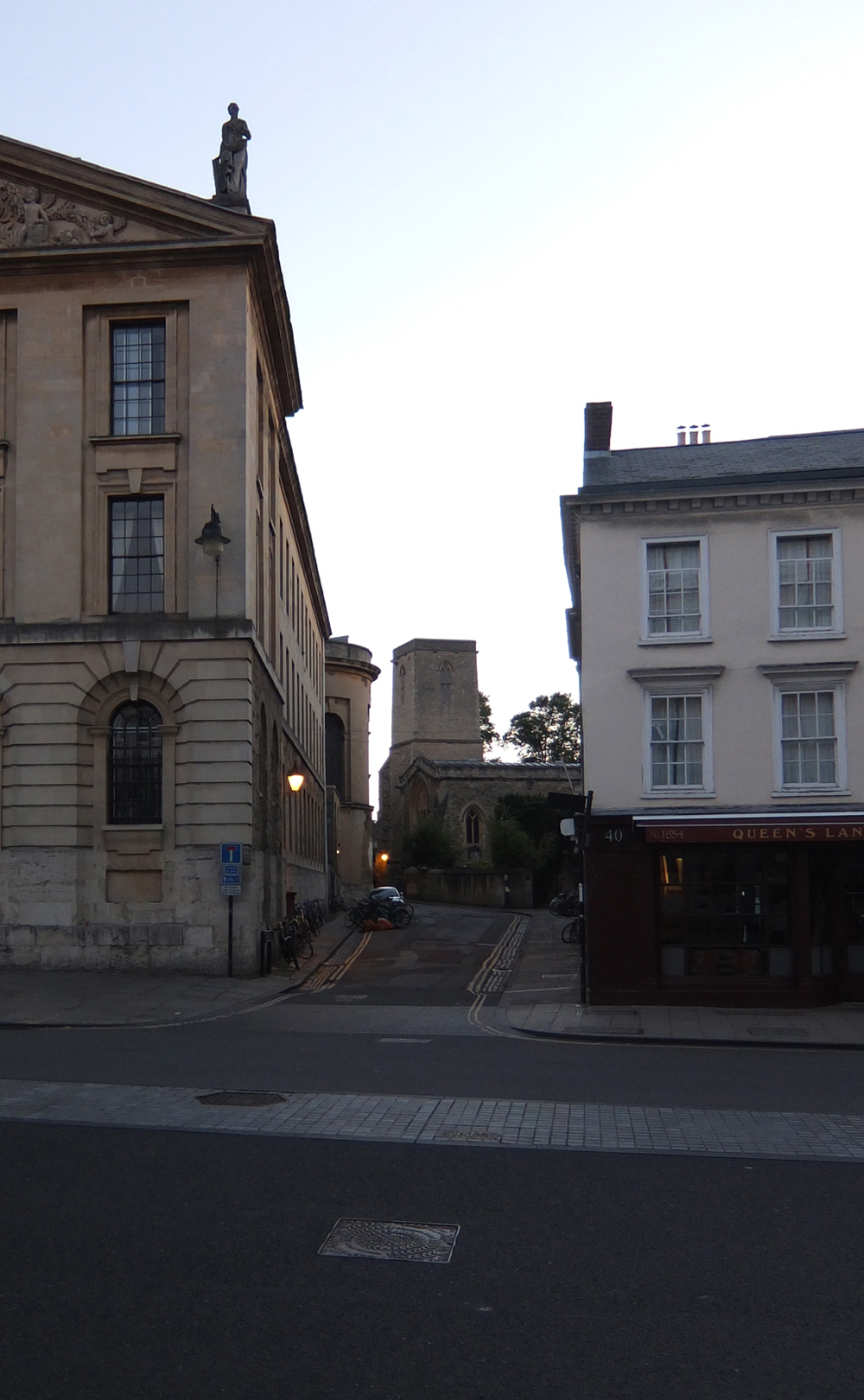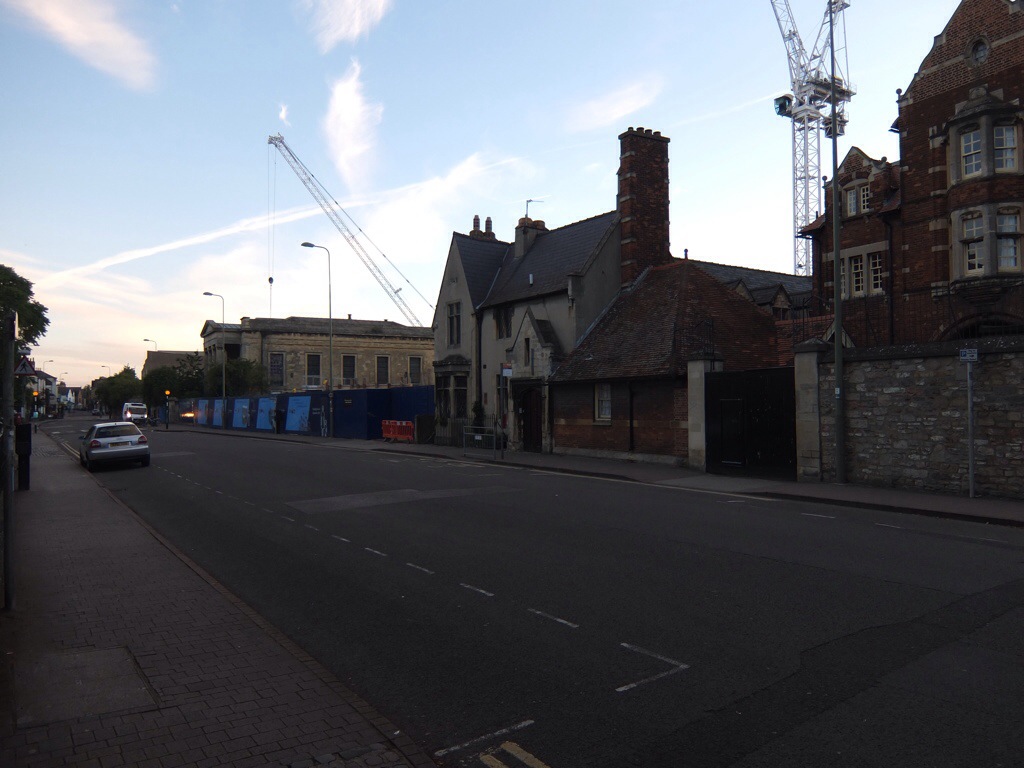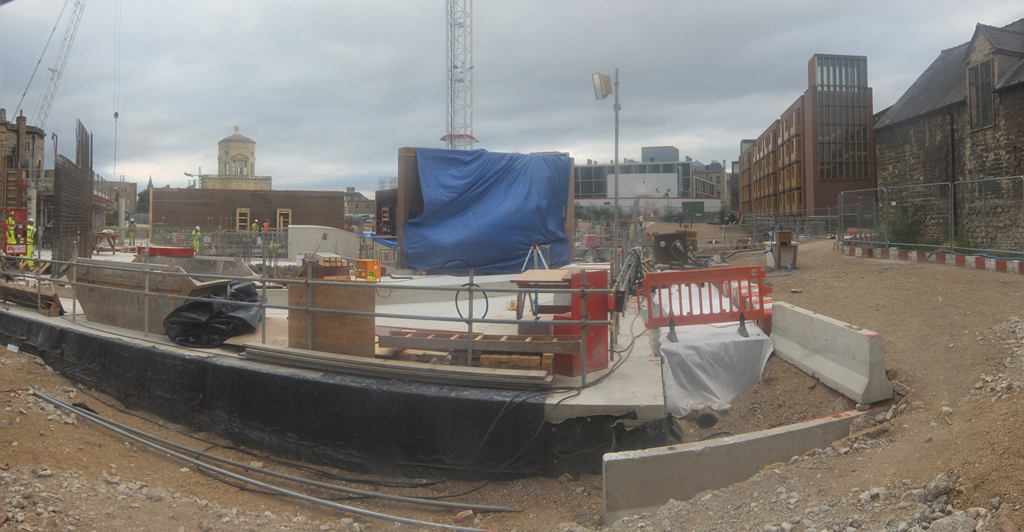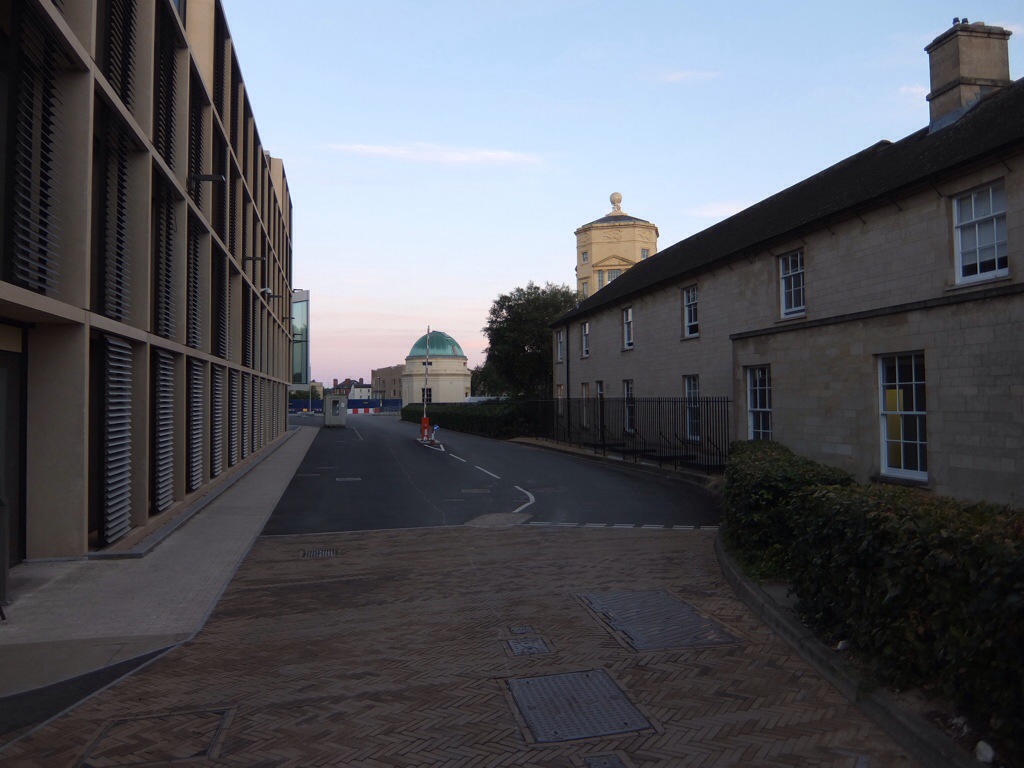Yes, students built a bonfire in 1888. They were celebrating a baseball victory over Manchester that April. The Dartmouth wrote that “[t]he convulsive joy of the underclassmen burst forth on the night of the first Manchester game in the form of a huge Campus fire. It disturbed the slumbers of a peaceful town, destroyed some property, made the boys feel like they were men and in fact did no one any good.”
For some reason, people keep saying that that was the bonfire that started it all. Bonfires were spontaneous things in the nineteenth century, and it is not clear why there has to be a “first” one. At any rate, that 1888 bonfire — lit after a springtime baseball victory — wasn’t the first bonfire built by students in Hanover by any means.
For example, as one alumnus recalled, the baseball victory over Williams of June of 1887, nearly a year before the Manchester game, involved a bonfire:
After supper the celebration is begun by songs on the campus fence, and as soon as it is really dark a bonfire is built in the campus, and every man’s unprotected woodpile is levied on for the purpose. Then a line is formed again and marches through the principal streets. A stop is made at the house of every member of the faculty, and he must make a speech and be cheered also. At length the bonfire burns low, and the cheering ceases, and it is the dead of night.
And before that:
- May of 1874: “Serenade your instructors occasionally, burn somebody’s chicken coop.”
- During March of 1874, a student wrote of a grand bonfire on the campus fed with fence rails and dry-goods boxes and kindled with kerosene.
- Also ca. 1874: “‘Extra curriculum activities’ included occasional pranks like hanging somebody’s wagon in a tree, or getting a horse into chapel, or having a sort of spontaneous bonfire on the campus, for which loose material was swiped from back yards, — such as barrels, boxes, a stray ladder of, in extreme cases a part of a fence.”
- Ca. 1868-1872, students participated in “[t]he lawless collection of materials for a celebrating bonfire and heaping of all the gates in the middle of the Green.”
- (Not to mention the bonfires built by townsfolk during February of 1819 when news of the College victory in the Supreme Court reached town.)
After the non-milestone of the 1888 Manchester baseball bonfire, students would keep on building bonfires independently of Dartmouth Night for a good half-century. Sometimes they did not even need an intercollegiate athletic victory.
During September of 1888, a ten-boat regatta of the Dartmouth Boating Association traveled three miles upriver and built bonfires on the “second island.” In November of 1893, students built “an honest bonfire” on the Green after the football team defeated Amherst. During the fall of 1896, the Dartmouth-only freshman-sophomore football game was followed by a bonfire. In September of 1901, the Webster Centennial celebration saw a parade end on the Green, where a bonfire was lit.
During November of 1903, the “stay-at-homes” listened to a reading of the telegraph reports of the football victory over Harvard at the first game in its new Stadium: “When the last message arrived, the students withdrew to collect material for a huge bonfire — and the work was not confined to the Freshman class!” After a meeting in Dartmouth Hall’s Old Chapel and a parade, “[t]he fire was lighted at 8:30 o’clock, and it was one of the biggest blazes in recent years. Around the fire the men sang songs and cheered wildly, and then indulged in a nightshirt parade, which ended one of the most memorable athletic celebrations in Dartmouth’s history.” During October of 1904, students built a bonfire on the Green and had a “nightshirt parade” around the fire.
Skipping ahead to 1919, the springtime handover of student government from one Palaeopitus class to the next involved a bonfire in which Freshmen were allowed finally to dispose of their Freshman Beanies.
Wait a minute, what about Dartmouth Night? Yes, President Tucker established Dartmouth Night during the fall of 1895, but it was an indoor event, in the Old Chapel in Dartmouth Hall. A bonfire simply was not a part of the original event. Between 1901 and 1906, the location of Dartmouth Night shifted between outdoor sites (the College Yard below Dartmouth Hall as well as Alumni Oval, the proto-Memorial Field) and indoor sites (Commons, a.k.a. Collis Commonground). Dartmouth Night would move to its long-term indoor site of Webster Hall in 1907.
It was apparently not until the 1920s, perhaps the late 1920s, that Dartmouth Night began to include a pre-game rally and bonfire. In 1930, for example, the ceremony seems to have evolved into a Friday evening torchlight parade to the President’s House for a short talk on spirit, followed by a bonfire on the Green. At that 1930 bonfire, students sang (football) songs and gave (football) yells in honor of the last home game, which would occur the following day. In 1931, Dartmouth Night was celebrated with what were described as “all of the traditional accompaniments, including the bonfire on the campus.”
Even attaching a pre-game bonfire to an outdoor Dartmouth Night did not reduce the annual number of fires to one. Students were still building multiple bonfires each year, including big ones for Dartmouth Night and Houseparties Weekend, into the mid- or late-1960s. Eventually, possibly after the campus turmoil of the Vietnam era had subsided, students would build only one bonfire each year, in the fall, on Dartmouth Night. Even later, that weekend — today still known officially as “Dartmouth Night Weekend” — would become popularly known as “Homecoming.”
——
